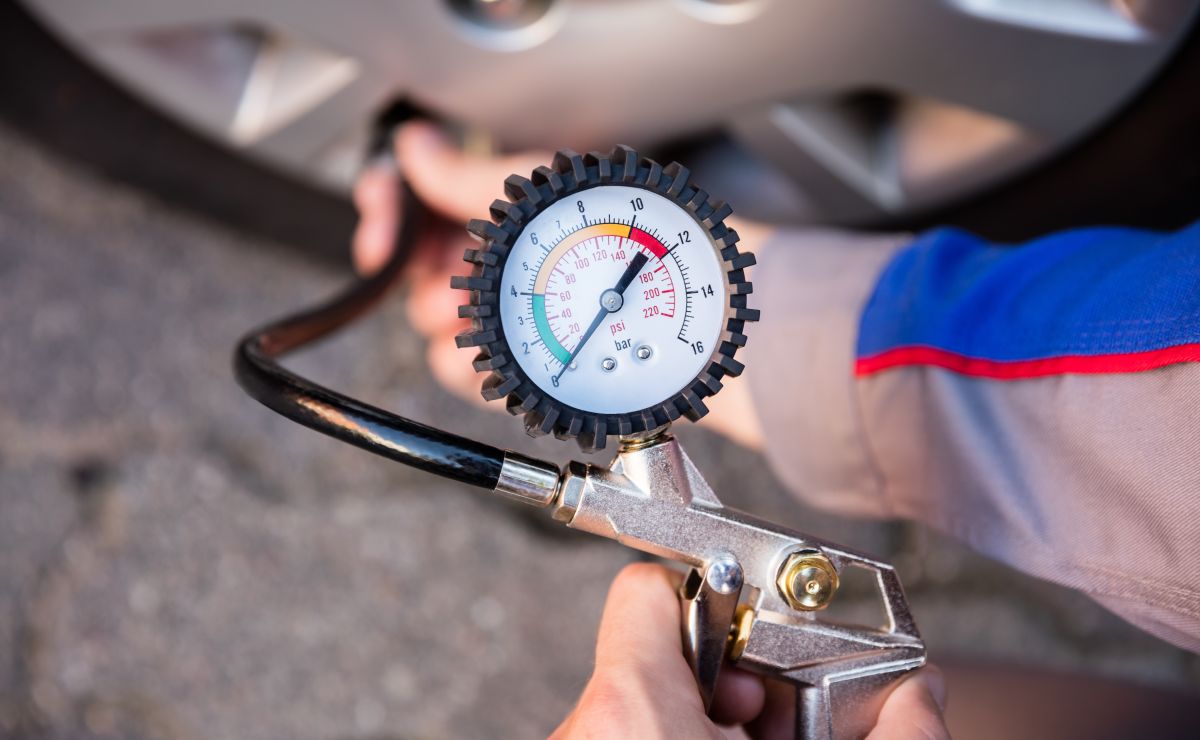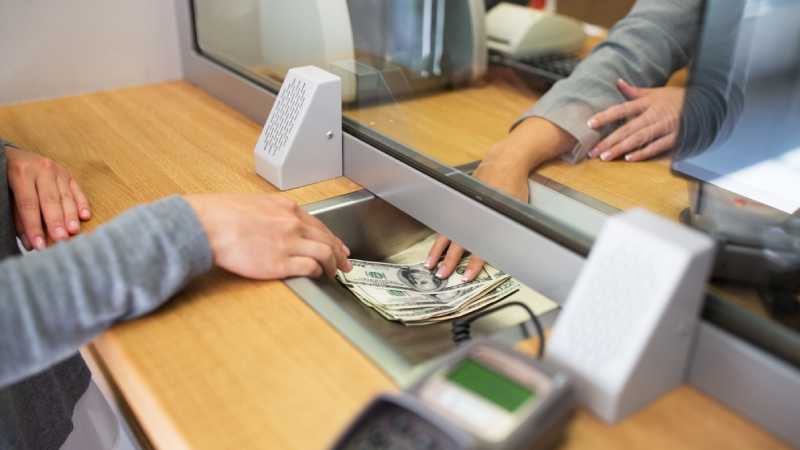Over-inflating a tire can cause serious performance and safety issues for your vehicle. It’s important to know the warning signs, check your air pressure before you ride, and lower it if you’re overinflating. consequences Driving with oversized tires There are a lot of them: it affects fuel efficiency, handling, brakes and, above all, increases the risk of detonation and other problems.
In general, most drivers know that we need to know the recommended tire pressure to keep them in perfect condition. But many of us do not realize that ignoring the signs of too much air in the tires can cause us serious problems.
Here, how to take care of your tires and, above all, how to avoid over-inflated tire accidents.
What happens when a tire has too much air?
Tires inflated above the recommended level can cause problems that require attention. Too much air in the tire reduces the contact patch with the road, which reduces friction and leads to an imbalance in the vehicle’s stability. This creates a dangerous environment for the driver and passengers.
That’s why it’s important to check tire pressure regularly, at least once a month, to ensure they’re properly inflated for the type of tire and load being carried.
Underinflated or over-inflated tires can wear unevenly and impair handling and braking. In either case, your fuel efficiency decreases and your driving safety decreases. But in the case of excess air, the risk of an explosion increases.
This possibility can occur at any time and can be especially dangerous when the vehicle is moving at high speed.
You can read: What are the dangers of driving with soft tyres
Warning signs: How to detect if a tire is over-inflated
The main warning sign of tire over-inflation is a bulging effect in the rim. The wings swell and protrude. It is sufficient to visually inspect the frame to see if the roundness appears unnatural.
Look closely at the tire tread for signs of uneven wear. Check to see if the tread is not completely touching the ground, which can result in reduced handling and poor traction on slippery roads.
Uneven tread wear is a sign that the center of the tire is in more contact with the road than the rest of the tire.
Also, another symptom of over-inflation of the tire is harsh and uncomfortable driving. When you have too much air, the tire becomes stiff and inelastic. You’ll notice that the suspension and other parts of the car have to take more of the impact of the potholes and that the natural damping deteriorates.
Over-inflated tires: Tips to keep in mind
In addition to the warning signs, we’ve listed some tips for avoiding tire problems:
- Check tire pressure before going on a long trip or hauling a large load.
- Remember that overloading the car can overload the tires and cause them to explode from overheating.
- Keep in mind that the recommended tire pressure is not the maximum, but the optimal pressure for optimal tire performance. Exceeding the maximum pressure indicated on the sidewall of the tire can reduce handling and braking.
- When tires are over-inflated, fuel consumption increases. That’s because the rolling resistance caused by the extra air makes the engine work harder.
- Excessive pressure accelerates tire wear, which shortens their life. Take care of the longevity of your tires by checking the pressure often.
How to check tire pressure
The key to maintaining healthy tires is ensuring they have the correct pressure. To do this, you should check the suggested pressure for your tires in your owner’s manual or on a sticker located on the driver’s door frame.
Then stop by a garage or gas station to check the pressure. Having a pressure gauge at home is something very accessible and useful. Simply remove the valve cap from the tire, press the pressure gauge onto the stem and measure the pressure.
Remember, it’s important to check your tire pressure when it’s cold, because the heat of driving can cause it to build up and give a false reading.
If you find the pressure is too high, you should blow the air out with a tire pressure gauge or compressor. Simply press down on the valve stem and let the air escape until the pressure is within the recommended range.
You already know what hyperinflation is and what its effects are. Remember that it is also essential to comply with the recommended maintenance services, particularly with regard to vehicle alignment and balance.
You can read:
What are wheel bearings and what is their function?
Air or Nitrogen: What’s Better to Inflate Your Tires?
What is the correct and safe way to change a flat tyre?
Flat tires: what are they and how do they work?
What happens if I drive with a flat tyre?
How effective are tire sealants?
What is best for your vehicle: large or small tires
How safe is it to drive with a tire nail?


:format(jpeg)/cloudfront-us-east-1.images.arcpublishing.com/gfrmedia/PI5P3OR6KVA4JOWGK2KGD6JW24.JPG)
/cloudfront-eu-central-1.images.arcpublishing.com/diarioas/6BWBL5LOM5GH7IDD32S6BJQ34U.jpg)

